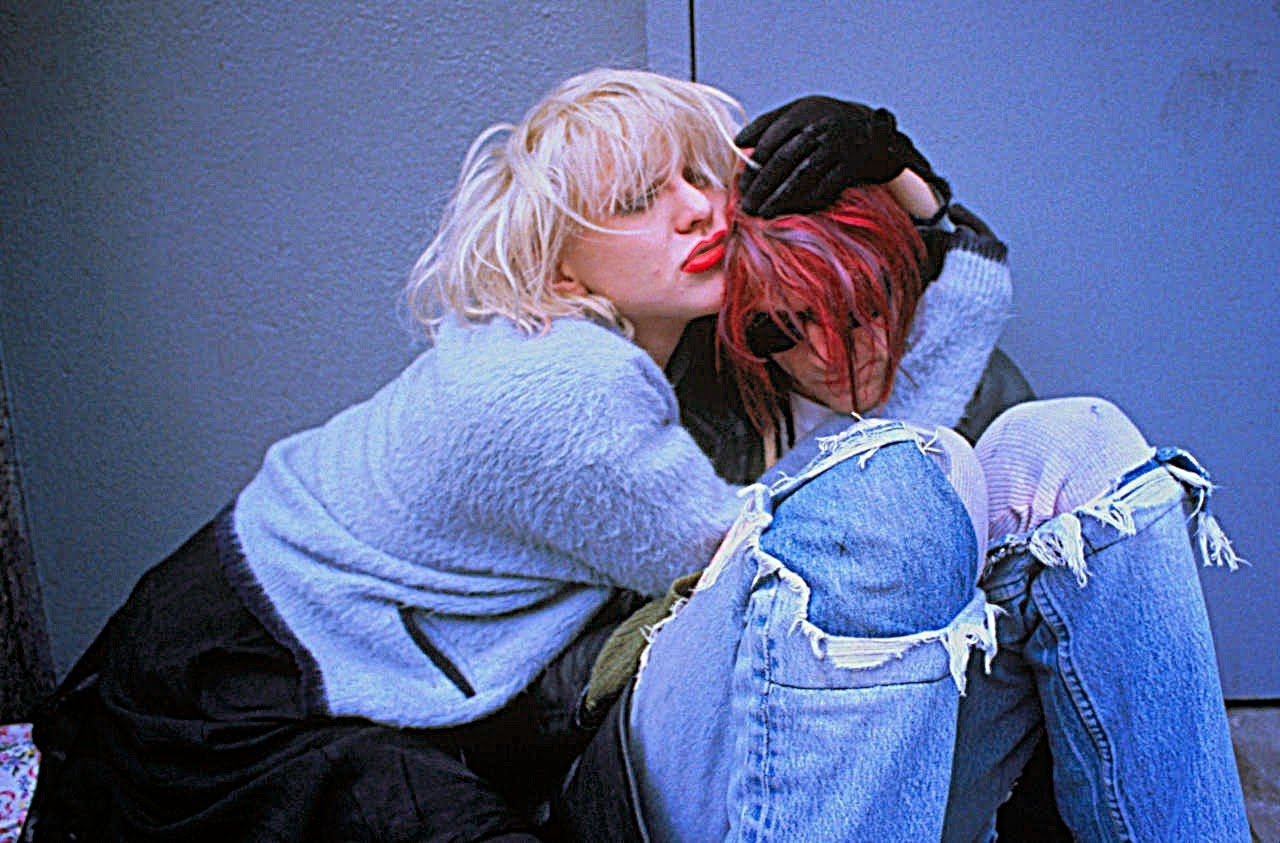While heroin chic died out in 1997, some things aren’t meant
to be gone forever. Heroin chic and the grunge look have been making their way
back to the fashion scene in present days.
 |
Heroin chic was a look that popularized the ultra-skinny
frame and today we are still seeing people who idolize and inspire to look like
that. Most models walking the catwalk have the waiflike look to them that Kate
Moss brought to the scene. So while Gisele Bundchen brought sexy back with her curves
in ’97, society is seeing a gravitational pull back towards that rail thin
frame.
It’s not just the skinny frame girls are after but the
overall look in general. If you were to Google “heroin chic” you would find
multiple YouTube video demonstrations of how to achieve the perfect ‘90s grunge
look. YouTube gurus are filming videos about the makeup, clothing and hairstyles
that once ruled the scene and explaining how to get the look today.
 |
Blog sites like Tumblr still obsess with heroin chic. It is
hard to get on and scroll through your feed without seeing at least one picture
that is either an original heroin chic image or an image that has been inspired
by the 90’s look.
Along with YouTube videos and blog sites that are still in
love with this trend, some fashion designers are incorporating the look into
their designs and ads. In 2012 BCBGMAXAZRIA lined their runway with models who
looked like they could have been pulled from the ‘90s. It is not just the
designers but celebrities as well. The Olsen twins style could be seen as having a heroin chic vibe to it. Them, as well as models, like Cara Delevingne, have done photo shoots that portray the heroin chic feeling.
 |
| https://www.pinterest.com/pin/17521886023877100/ |
 |
| http://www.blackmailersdontshoot.com/2014/02/02/anyone-remember-heroin-chic/ |
While researching the topic, I stumbled upon a website
titled “Heroin Chic for Dummies” and was very intrigued. The information
underneath read something along the lines of “how to tell if the person you are
shopping for is heroin chic.” So, of course, I had to click on the website. It
went on to talk about what to purchase when shopping for someone who rocks the
heroin chic look.
These were the suggestions:
·
Shop in the size zero to one section.
·
Not buy anything too clingy or with a bare back
·
Not buy anything with giant polka dots
·
Look for layered or fluffy fabrics.
·
Avoid vertical lines.
·
Add boots to the ensemble.
(Cohen, 2007)
 |
| http://www.tumblr.com/search/heroin+chic |
I thought that this was an interesting take on the look and
quite frankly, I would look for suggestions elsewhere. But everyone has their
own approach to fashion and this was theirs.
While I don’t support the use of heroin or any other drug
for that matter, I am a big fan of this overall look. I like the grunge and the
perfect imperfection. And like Calvin Klein, I look at it in an artistic way. It
is fashion and fashion is art. I do think that the models could put on a few
pounds and still be drop dead gorgeous and I don’t think that drugs need to be
visible in the images but I love the messy hair and vulnerability captured in
the images. If it were up to me, heroin chic would live on forever.
Sources:
J. Cohen. (2010, May 1). Heroin chic shopping for
dummies. Retrieved from http://jesseacohen.blogspot.com/2010/05/heroin-chic-shopping-for-dummies.html



























